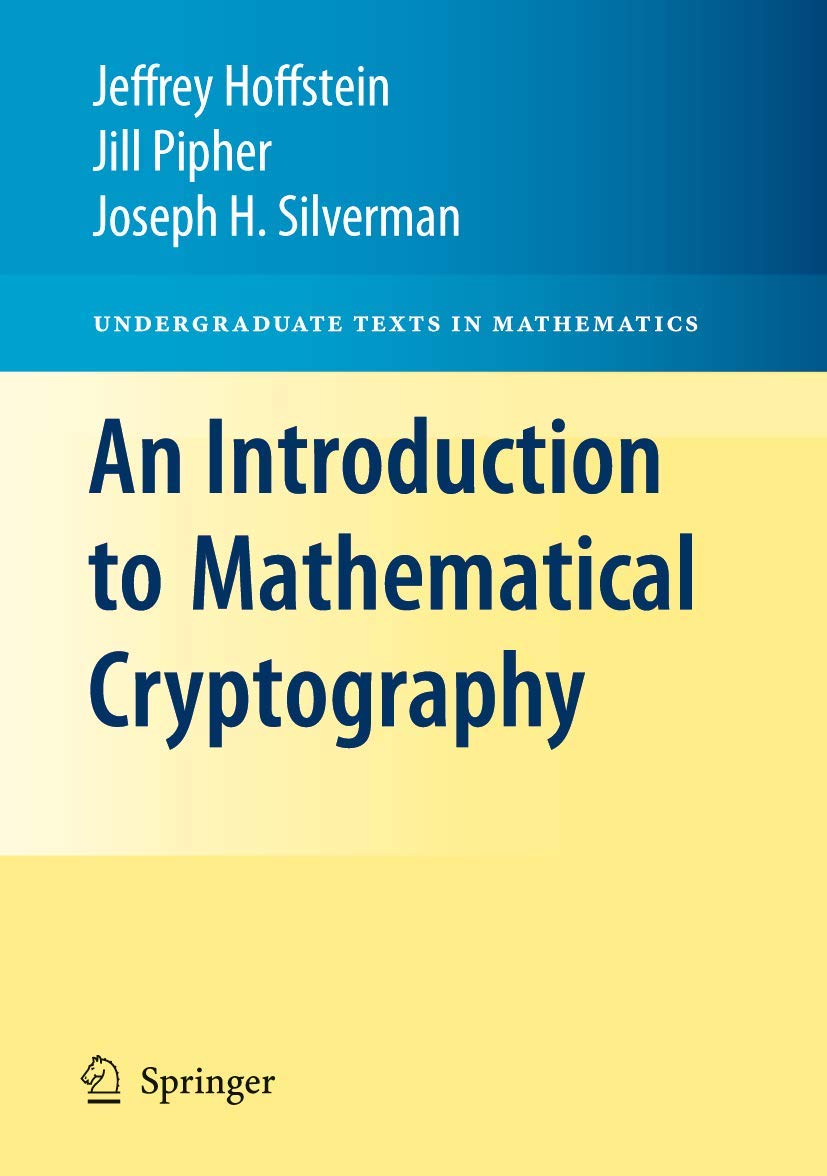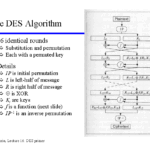Cryptography has often been misconstrued as a domain solely for mathematicians, a specialized realm restricted to those wielding advanced calculus or complex algebraic theories. Such a perspective, while understandable given the mathematical foundations of certain cryptographic techniques, is simplistic and reductionist. In reality, the essence of cryptography transcends pure mathematics; it encompasses a multifaceted interdisciplinary framework that draws upon various fields, including computer science, engineering, psychology, and even philosophy.
At its core, cryptography serves the fundamental purpose of securing communication and protecting information from unauthorized access. This is a necessity in an increasingly digital world where data breaches and cyber threats loom large. The complexities involved in creating secure systems may involve mathematical principles; however, the application of these principles can be understood and utilized by individuals outside of the mathematical community.
To fully appreciate the breadth of cryptography, one must consider the different layers of knowledge and skill sets that contribute to its practice. For instance, let us explore the various types of cryptographic systems available today, which embody more than just numerical computations.
Firstly, symmetric cryptography, one of the oldest techniques, relies on a single key for both encryption and decryption. While it is true that understanding algorithms like AES (Advanced Encryption Standard) may benefit from some mathematical insight into key generation and processes, the implementation of symmetric encryption can be approached even by those without extensive mathematical backgrounds. Knowledge of computer programming and an understanding of application programming interfaces (APIs) can empower developers to seamlessly incorporate encryption into their applications through readily available libraries.
On the other end of the spectrum lies asymmetric cryptography, which introduces two keys: a public key and a private key. Often associated with the RSA algorithm, this method has revolutionized secure communication protocols, particularly in online transactions. While a rudimentary understanding of number theory might enhance one’s grasp of the underlying mechanisms, it is not a prerequisite to employ this technology. Countless tutorials, software tools, and user-friendly platforms exist that allow individuals—from novice electronic commerce users to seasoned information technologists—to utilize asymmetric encryption without delving into its mathematical foundations.
Moreover, the convergence of cryptography with cybersecurity significantly broadens its accessibility. In a world where cyber threats evolve at an alarming pace, professionals (not necessarily mathematical experts) from various fields are stepping forward to combat these challenges. Cybersecurity practitioners employ fundamental cryptographic principles to fortify software applications and protect sensitive data. A solid background in cybersecurity enables individuals to appreciate the importance of cryptographic techniques and implement them effectively, despite their possible lack of specialization in rigorous mathematical theories.
Beyond technical applications, the study of cryptography invites explorations into the ethical and philosophical dimensions of information security. The implications of encryption on privacy, surveillance, and societal trust have become critical discussions in today’s context. Analysts and policy-makers can benefit immensely from understanding the role of cryptography in a broad societal framework, and this does not necessitate a strong mathematical foundation. Literature on the ethical implications of cryptography offers abundant material for individuals interested in the socio-political ramifications of secure communication.
Furthermore, consider the burgeoning field of data integrity and authentication—domains that rely on cryptographic protocols but extend beyond mathematical computations. Digital signatures, hash functions, and checksums are tangible examples where cryptographic methods ensure data integrity, often implemented without requiring deep theoretical knowledge. Professionals involved in software development, data management, and even business operations are increasingly required to possess a foundational understanding of these concepts, highlighting how cryptography intersects with various occupation fields.
Moreover, the user experience associated with cryptographic tools has evolved remarkably. Software applications now often embed cryptographic functions behind intuitive user interfaces. End-users can utilize encryption tools without understanding the complexities involved, which democratizes access to secure communication and data protection. This shift towards usability means that everyone—marketers, journalists, entrepreneurs, and everyday consumers—can engage with cryptographic solutions and contribute to a more secure and trustworthy information ecosystem.
Yet, the notion of inclusivity in cryptography comes with a responsibility. As technology continues to advance, individuals harnessing these encryption tools must also be cognizant of the ethical implications tied to their use. The balance between transparency and privacy, between security measures and individual freedoms, remains a dynamic dialogue that demands input from a diverse range of voices, each contributing from their unique perspectives.
In conclusion, cryptography is not an arcane discipline reserved solely for mathematicians. It is an expansive field that encompasses a variety of disciplines and offers myriad applications across industries. As technology continues to evolve and data privacy becomes more paramount, the relevance of cryptography will only increase. Anyone, regardless of their mathematical prowess, can engage with cryptographic concepts and technologies. The key lies in the interdisciplinary collaboration that allows diverse expertise to shape the future of secure communication and information integrity.









Leave a Comment